Water is one of the key factors for plant growth, but too much water can be harmful to your garden crops. The water stagnation it can cause soil saturation, reduce the oxygenation capacity of the roots and promote the growth of root pathogens. However, with some correct agronomic practices, it is possible to avoid waterlogging in the garden and keep the plants healthy and productive.
In this article, we will explore some of the techniques that can be employed to prevent waterlogging, from soil selection to irrigation system, soil maintenance, crop rotation and plant monitoring. Learning how to properly manage water in your garden can help improve crop quality and reduce water waste, an increasingly precious asset in a world that is increasingly sensitive to environmental issues.
Why is choosing the right soil important for combating waterlogging?
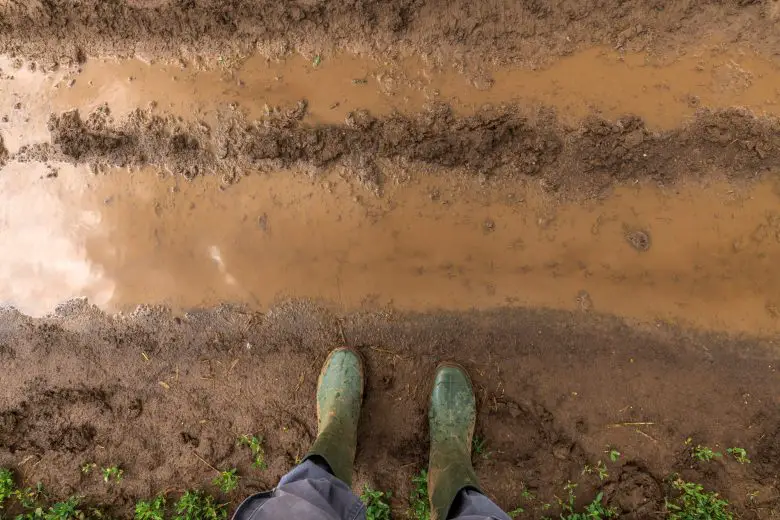
There choosing the right terrain it is essential to prevent water stagnation in the vegetable garden. The soil is in fact one of the key elements for plant growth: it is the source of nutrients, water and oxygen. However, not all terrains are created equal. Some soils, such as clayey soils, have a lower drainage capacity than sandy or loamy soils, which means they hold more water in the soil. If the soil isn’t draining well, water can build up at the base of the plants, creating a waterlogging area that can choke the plant roots and prevent them from growing healthy.
Providing well-draining soil for crops is therefore essential to prevent waterlogging in the garden. Well-drained soil has a porous structure that allows water to drain quickly, preventing the accumulation of water in the soil and the creation of water stagnation areas. In addition, soil that absorbs water well also helps maintain adequate amounts of oxygen in the roots of plants, allowing them to grow vigorously and healthily. To improve the drainage capacity of a difficult soil such as clay, the farmer can intervene by amending the soil itself with sand.
What is the best irrigation system to avoid or reduce waterlogging?
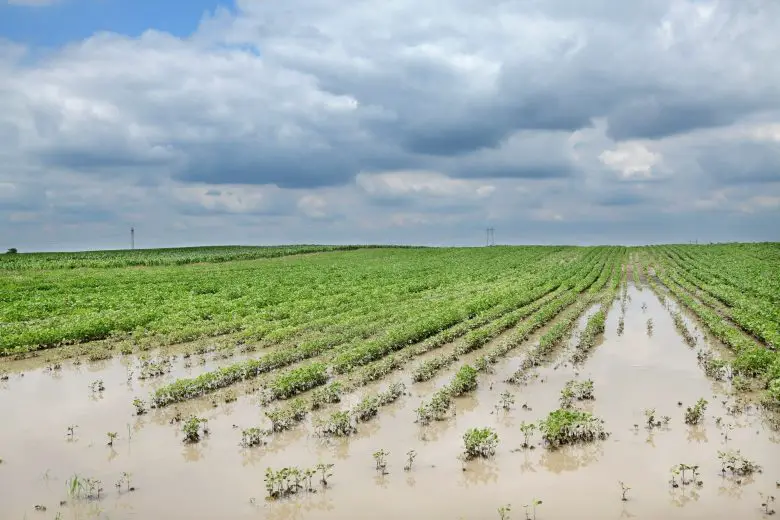
The best sprinkler system for water your crops in the right way and avoiding or reducing water stagnation depends on the specific needs of the soil, the cultivated plants and the climatic conditions. However, there are some irrigation techniques that are generally considered more efficient for preventing waterlogging in the garden.
The first system of recommended irrigation is drip, also called drip irrigation. This irrigation system allows water to be supplied directly to the roots of the plants, limiting the evaporation and accumulation of water on the surface of the soil. In this way, the risk of stagnation areas is avoided and water waste is reduced. Drip irrigation can be done by hand, with the use of micro-perforated pipes or through an automated irrigation system.
Another irrigation system that can help reduce water stagnation is sprinkler irrigation. This system simulates natural rain, distributing the water evenly over the ground surface. However, to prevent water stagnation, it is important to regulate the water flow so as not to saturate the soil. Also, sprinkler irrigation is only recommended if the soil has good drainage capacity.
Finally, there is an irrigation system that combines the advantages of drip and sprinkler irrigation, i.e. micro-sprinkler irrigation. This system distributes the water in small drops, as in drip irrigation, but spreads it as in sprinkler irrigation. Again, it is important to regulate the flow of water in order to avoid puddles.
How can soil maintenance help reduce waterlogging in the garden?
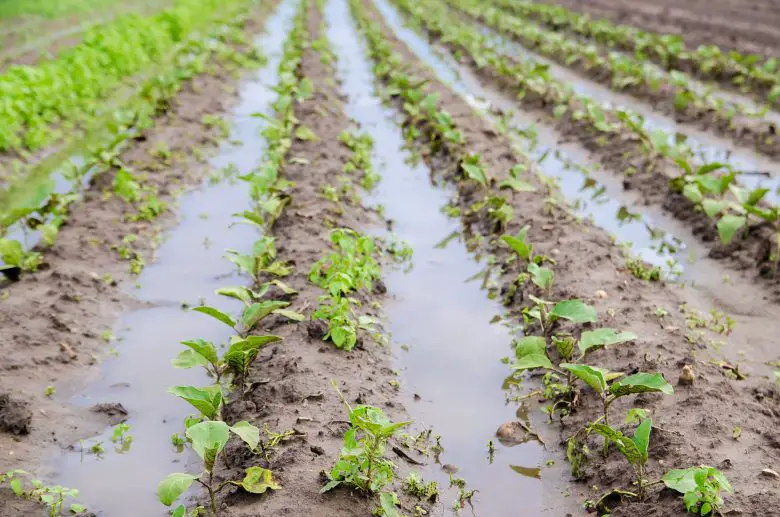
Soil maintenance can play a vital role in reducing puddles in the garden. Here are some useful tips for maintaining the soil in order to avoid water stagnation. First of all, it is good to use organic fertilizers, such as compost or the manure, as this helps to enrich the soil with nutrients and improve the soil structure. A well fertilized and well structured soil favors water drainage, reducing the risk of water stagnation.
Then it is good to keep weeds under control, since these, if not controlled, can compete with cultivated plants for water, reducing the amount of water available to plants. Whereas several weeds have shallow roots that impede water drainage. Therefore, it is important to keep the field “clean” through different weed control techniques.
Then there is the soil structure to keep in mind, which is important to facilitate water drainage. A soil that is too compact or clayey can favor stagnation of water, preventing the water from flowing out. To improve the texture of the terrain, one can use the digging techniqueharrowing, rest of the ground or green manure.
Finally, of course, you need to choose the right drainage system properly. In the case of land at risk of water stagnation, in fact, it may be necessary to install drainage systems, such as channels or underground drainages, to allow the water to flow away.
What are drainage systems and how are they created in a vegetable garden?
Drainage systems are a set of techniques and works aimed at draining excess water from the ground in order to avoid water stagnation. There are different drainage techniques depending on the type of soil and the needs of the garden. Here are some common techniques:
- Making drainage channels: this technique involves the creation of surface drainage channels that allow the water to flow towards the lower areas of the garden or towards special collection systems.
In the soil of a small home garden, it is enough to manually create fairly deep furrows in the peripheral areas of the field.
These furrows, in the event of a strong and sudden precipitation, will save the field by collecting and making the excess water flow outside. - Creating bedforms: in the classic small family vegetable garden, a simple technique to prevent flooding and water problems is that of bedforming.
In practice, the seedlings are placed on raised parts of the ground, leaving the furrow in the center. In the event of excessive rainfall that the soil cannot drain, water will accumulate in the furrow and cause no problems for the crop on the small raised bed.
This is a simple job to do when preparing the land, working with a hoe. - Use underground drainage: this is a technique that involves the construction of drainage pipes placed in the ground.
The pipes can be porous, so that the water is absorbed by the surrounding soil, or impermeable, so as to convey the water to a collection system or to an area where there is no risk of stagnation. - Terracing: it is a technique widely used in hilly terrain, which involves the creation of terraces in which a stepped structure is built, in order to create a slope that favors the outflow of water.
- Infiltration areas: this technique involves the creation of special areas in which water infiltration into the ground is allowed, thus avoiding water stagnation.
In this case it is necessary to choose areas of the ground with permeable and porous soil, so that the water can drain away quickly.
The choice of the type of drainage system to use depends on the characteristics of the soil and the amount of water that needs to be drained. In any case, it is important to consider that the drainage systems must be strategically positioned and carefully constructed so as not to damage the surrounding crops and ensure good system efficiency.
Why are correct crop rotations important in reducing water stagnation?
The correct crop rotations they are important in reducing waterlogging for several reasons.
First, plants have different water needs. Some plants require more water than others and, if always grown in the same spot, can deplete the soil’s water resources, causing water stagnation. Crop rotation, on the other hand, allows you to alternate the cultivated plants so as not to excessively deplete the water resources of the soil.
Furthermore, the correct crop rotations favor the improvement of the soil structure, increasing its porosity and facilitating the outflow of excess water. In fact, plants have roots that penetrate the ground deeply, creating channels that favor the drainage of water.
Finally, crop rotation can help prevent soil compaction, which is another cause of waterlogging. In fact, soil compaction can prevent water runoff, increasing the risk of waterlogging.
Therefore, correct crop rotations can help reduce water stagnation in the soil, avoiding the depletion of water resources and promoting soil porosity and the outflow of excess water.
How to reduce waterlogging through plant monitoring
Plant monitoring can be a useful tool to reduce waterlogging in the garden. In fact, plants can indicate if there are water problems in the soil.
For example, plants showing signs of water stress, such as yellowing or wilting leaves, may indicate that the soil is too wet and there is a drainage problem. Additionally, some plants are more sensitive to waterlogging than others and can be used as indicators of the problem.
Once the stagnation problem has been identified, there are several steps you can take to resolve it. For example, if the problem is caused by excessive soil compaction, soil aeration techniques can be used to promote water runoff. Alternatively, if the soil is too clayey and holds too much water, organic matter, such as compost or manure, can be added to increase soil porosity and improve drainage.
Additionally, plant monitoring can be used to regulate the irrigation system. For example, if your plants are too wet, you can reduce the frequency of watering or the amount of water supplied with each watering. Furthermore, drip or micro-irrigation techniques can be used to supply water only to the roots of the plants, avoiding surface waterlogging. Monitoring the plants can therefore allow us to take the appropriate measures to improve soil drainage and regulate the irrigation system.



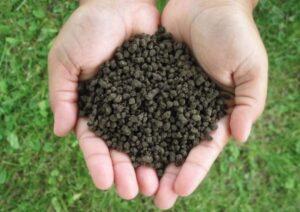


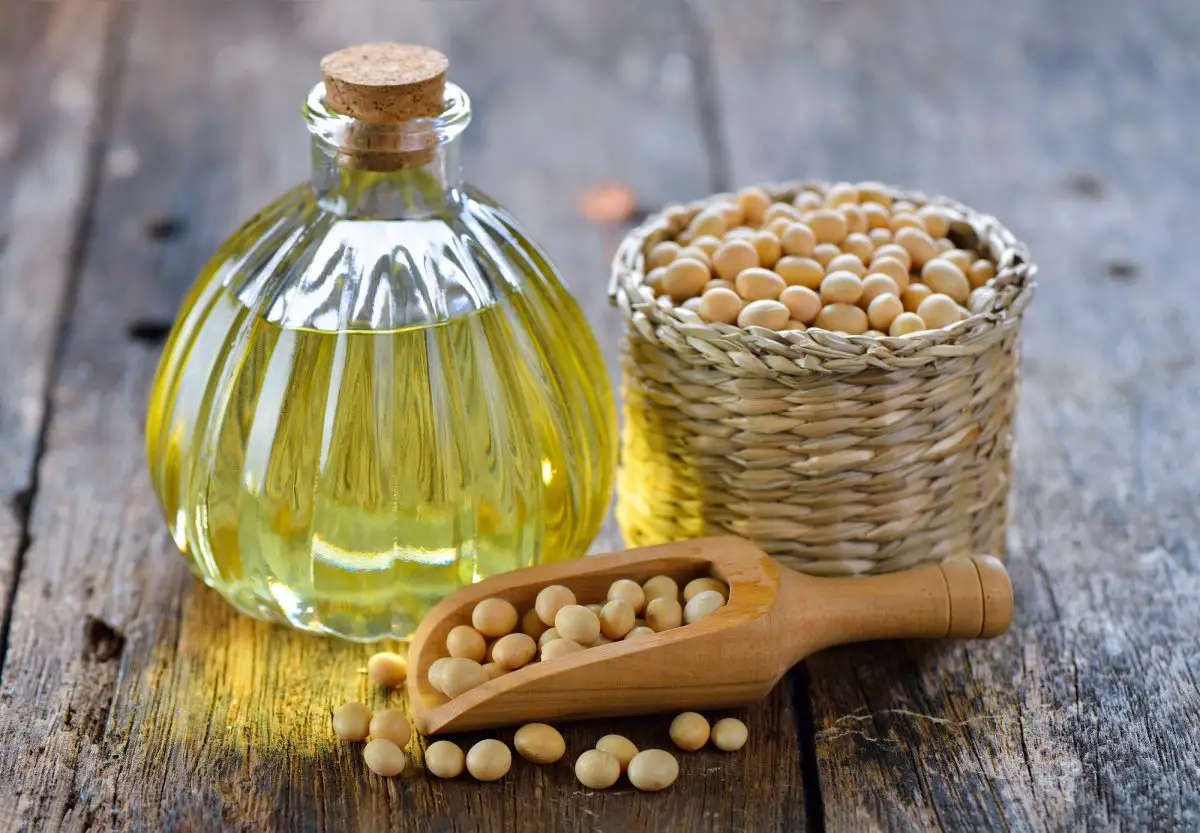
Start a new Thread